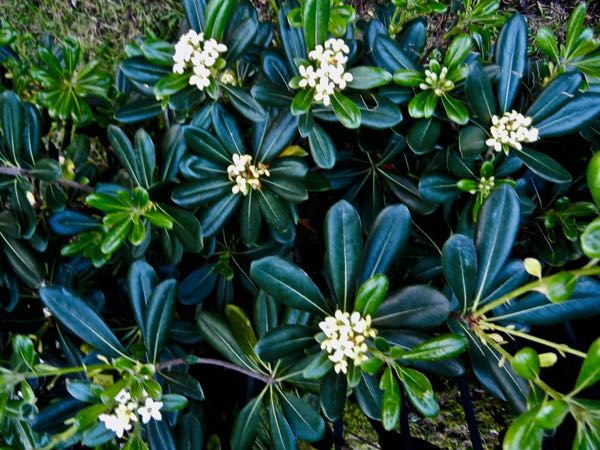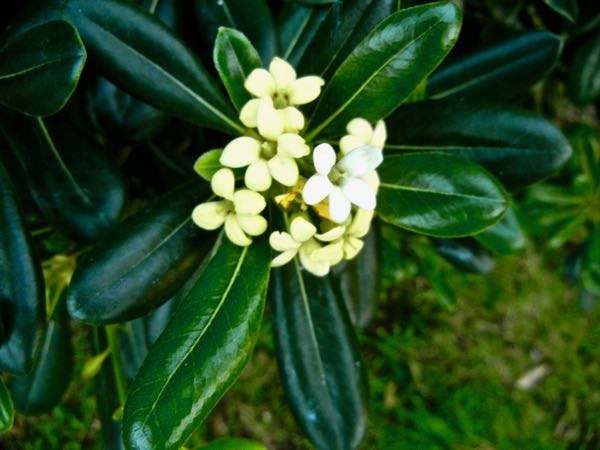Introducing Pittosporum tobira: The Versatile Evergreen Shrub
Pittosporum tobira, commonly known as Australian Laurel, Japanese Pittosporum, Japanese Mock Orange, or Japanese Cheesewood, is a remarkable evergreen shrub native to Japan. Belonging to the Pittosporaceae family, this plant boasts several names and a range of desirable characteristics. Let’s explore the captivating features of Pittosporum tobira and learn how to cultivate it successfully.
Characteristics and Appearance
Pittosporum tobira is a slow-growing, hardy shrub that thrives in various conditions, making it a versatile addition to any garden. With its obovate-shaped, leathery, dark green foliage, this shrub adds an element of elegance to the landscape. The glossy leaves create a lush backdrop that remains attractive year-round.
In late spring through summer, Pittosporum tobira showcases its beauty with terminal clusters or umbels of delicate, fragrant white flowers. These charming blooms consist of five petals and emit a delightful fragrance, enhancing the sensory experience of your garden. As the flowers mature, they transform into yellow hues, adding a touch of vibrancy to the landscape.
After the flowering period, Pittosporum tobira produces hairy, woody capsules that contain black seeds. This adds another layer of visual interest to the shrub, as well as the potential for propagation.
Cultivation Tips for Pittosporum tobira
To cultivate Pittosporum tobira successfully, consider the following guidelines:
Sunlight and Soil: Plant Pittosporum tobira in a location that receives full sun to partial shade. This shrub can adapt to different light conditions, making it versatile for various garden settings. Ensure the soil is moist, well-drained, and fertile to provide optimal growing conditions.
Propagation Methods: Pittosporum tobira can be propagated through two main methods: seeds and semi-hardwood cuttings. Collect the seeds from the woody capsules and sow them in suitable potting mix. Alternatively, take semi-hardwood cuttings from the shrub and root them in a well-draining medium.
Pest and Disease Management: While Pittosporum tobira is generally hardy, it can still be susceptible to certain pests and diseases. Watch out for aphids, mites, leafhoppers, cotton cushiony scale, powdery mildew, and root-knot nematodes. Regular monitoring and appropriate measures, such as insecticidal treatments or cultural practices, can help manage these issues.
Pruning and Maintenance: Pittosporum tobira typically maintains a tidy shape without extensive pruning. However, occasional pruning may be necessary to maintain its desired form. The ideal time for pruning is in mid-spring, allowing the shrub to recover and bloom again during the growing season.
By following these cultivation tips, you can successfully grow and enjoy the beauty of Pittosporum tobira, an evergreen shrub renowned for its glossy foliage, fragrant flowers, and adaptability. Whether used as a focal point, hedge, or container plant, Pittosporum tobira is sure to enhance the aesthetic appeal of your garden.





